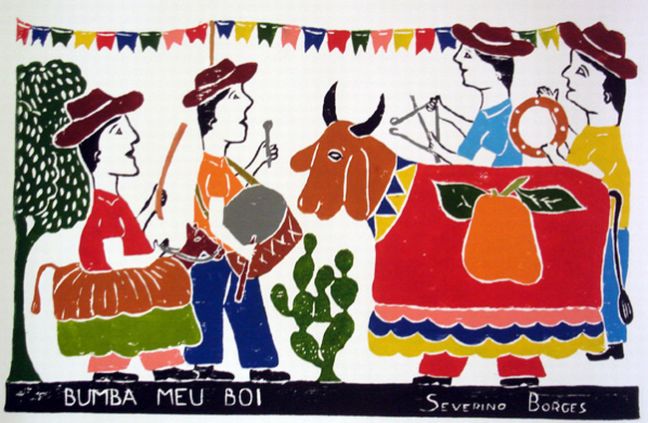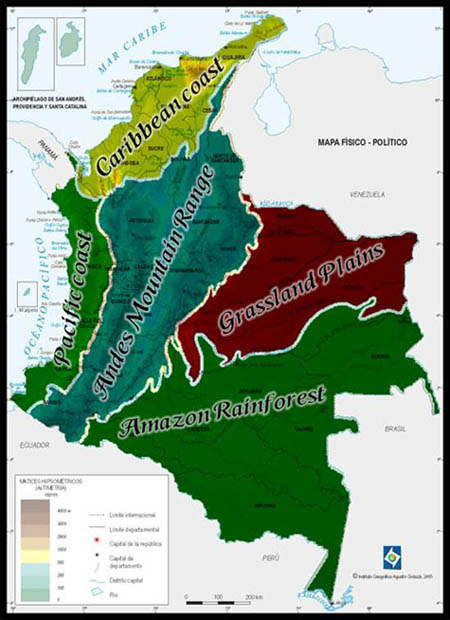Trio Atrato
y
Alfonso Córdoba 'el Brujo'
Chocó, Cantos de río, selva y ciudad
2000
Tracks:
01. Trio Atrato & El Brujo Alfonso Córdoba - El Negrito Contento (son chocoano)
02. Trio Atrato - La Pesadilla (guaracha)
03. Trio Atrato - La Palma de Chontaduro (abozao)
04. Trio Atrato - Pascual Rovira (son chocoano)
05. Trio Atrato & El Brujo Alfonso Córdoba - La Pataleta (saporrondón)
06. Trio Atrato - Viniendo de Raspadera (son chocoano)
07. Trio Atrato - La Hermana Margarita (son chocoano)
08. Trio Atrato - Champa de Palo (son chocoano)
09. Trio Atrato - Mi Sábalo (son chocoano)
10. Trio Atrato & El Brujo Alfonso Córdoba - Serenata chocoana (bolero)
11. Trio Atrato - Adios Compay Gato (guaracha)
Músicos:
Alfonso Córdoba 'el Brujo' (voz)
Trio Atrato:
Gerardo Rendón (puntero),
Manuel Santacoloma Garrido (primera voz),
Julio César Valdés (segunda guitarra y segunda voz)
Chocó, Cantos de río, selva y ciudad
2000
Tracks:
01. Trio Atrato & El Brujo Alfonso Córdoba - El Negrito Contento (son chocoano)
02. Trio Atrato - La Pesadilla (guaracha)
03. Trio Atrato - La Palma de Chontaduro (abozao)
04. Trio Atrato - Pascual Rovira (son chocoano)
05. Trio Atrato & El Brujo Alfonso Córdoba - La Pataleta (saporrondón)
06. Trio Atrato - Viniendo de Raspadera (son chocoano)
07. Trio Atrato - La Hermana Margarita (son chocoano)
08. Trio Atrato - Champa de Palo (son chocoano)
09. Trio Atrato - Mi Sábalo (son chocoano)
10. Trio Atrato & El Brujo Alfonso Córdoba - Serenata chocoana (bolero)
11. Trio Atrato - Adios Compay Gato (guaracha)
Músicos:
Alfonso Córdoba 'el Brujo' (voz)
Trio Atrato:
Gerardo Rendón (puntero),
Manuel Santacoloma Garrido (primera voz),
Julio César Valdés (segunda guitarra y segunda voz)
♫☆`*♥¸¸.•*¨*•♫☆`*♥¸¸.•*¨*•♫
♫☆`*♥¸¸.•*¨*•♫☆`*♥¸¸.•*¨*•♫

Monday, 29 June 2009
Alfonso 'El Brujo' Cordoba died Monday at 82, Colombia's Culture Ministry announced. The composer, singer and music collector is considered one of the most important exponents of Afrocolombian music.
According to a press release by the Ministry of Culture, the musician died in Quibdo, the capital of the west Colombian department of Choco.
Culture Minister Paula Marcela Moreno Zapataregreats the death of the music legend and praised him as "one of the greates t exponents of the musical heritage and memory of the Colombian Pacific. [He was] an all-round artist,full of great virtue and an immense heart."
Cordoba was not only a musician, but was also specialized in the production of traditional Afrocolombian jewelry, wood carving and the construction of musical instruments.
Because of the work of Cordoba, a lot of traditional east Colombian lyrics and rhythms were conserved as he traveled to document the musical heritage of the east Colombian jungles.
In 2008 he received the medal of the 'Gran Order of Cultural Merit, Colombia's highest cultural recognition.
El Brujo y su Timba - Música del viejo Chocó
♥
















































%20-21%2025.jpg)














































+Front.jpg)
















